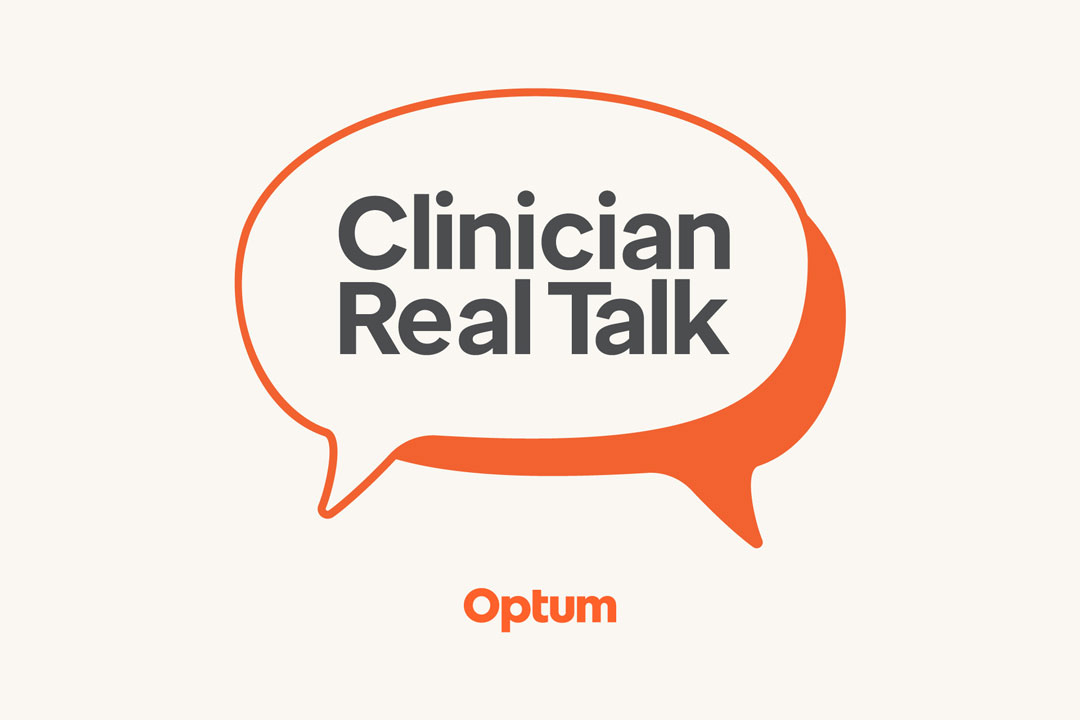Historical context: APMs are not a new idea
Alternate payment methods (APMs) have the potential to improve health care quality and reduce cost by realigning payment incentives and care delivery. While it is typical for States and payers to focus on primary care models that implement shared savings and risk, much of health care spending is driven by specialist providers.
The Health Care Payment Learning and Action Network (HCPLAN) is a group of public and private health care leaders dedicated to accelerating alternative payment model adoption. Since 2015, the organization has hosted summits, shared information, built consensus and measured APM adoption.
The organization forms the basis of the annual APM Measurement Effort used to set value-based payment goals. The chart below highlights goals for payments tied to quality and value in each market segment through the adoption of two-sided risk alternative payment models.



![Trends Shaping Pharma Strategy in 2026 [E-book]](/content/dam/optum-dam/images/business/data-analytics/trends-shaping-pharma-strategy-2026-1080x720.png)
